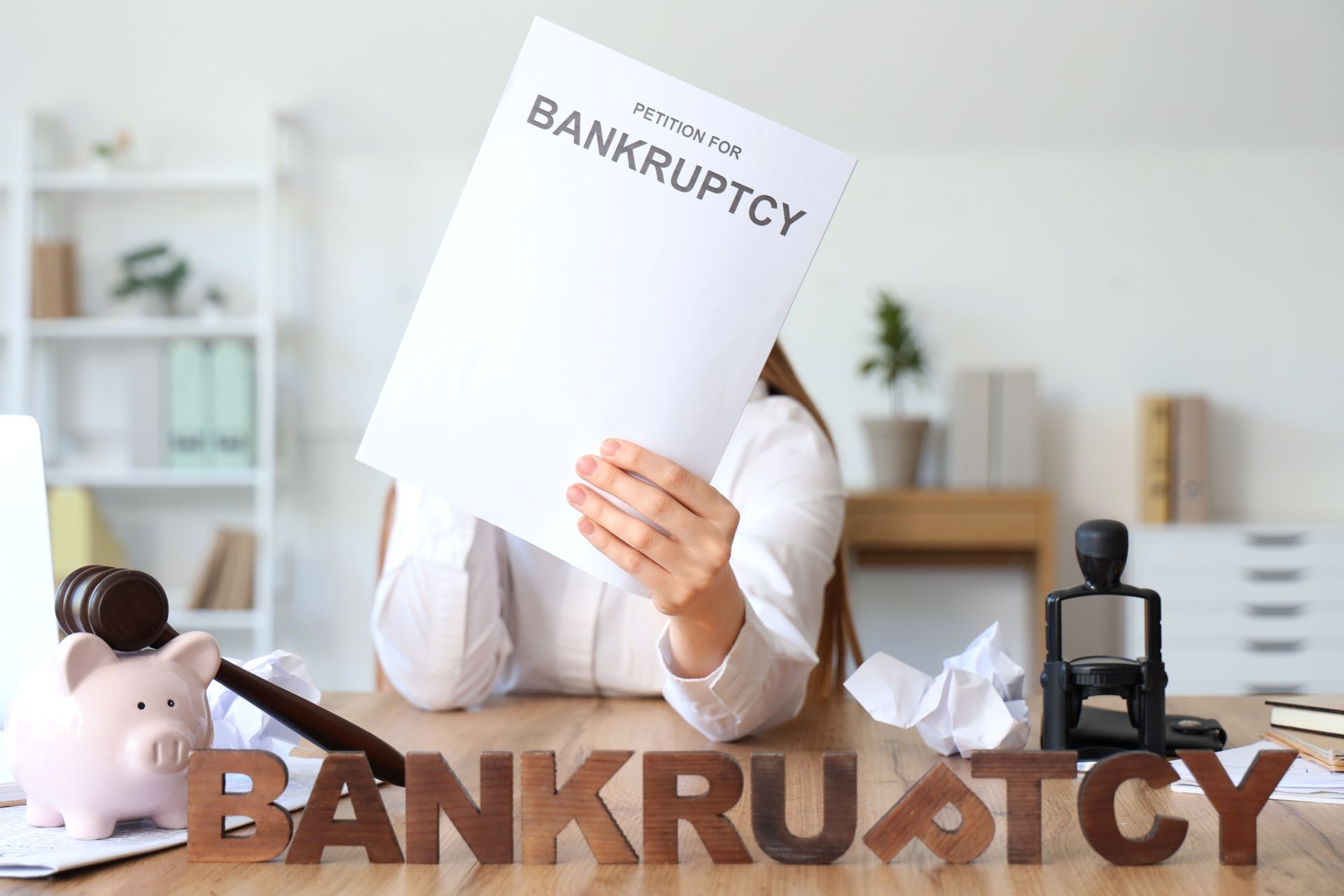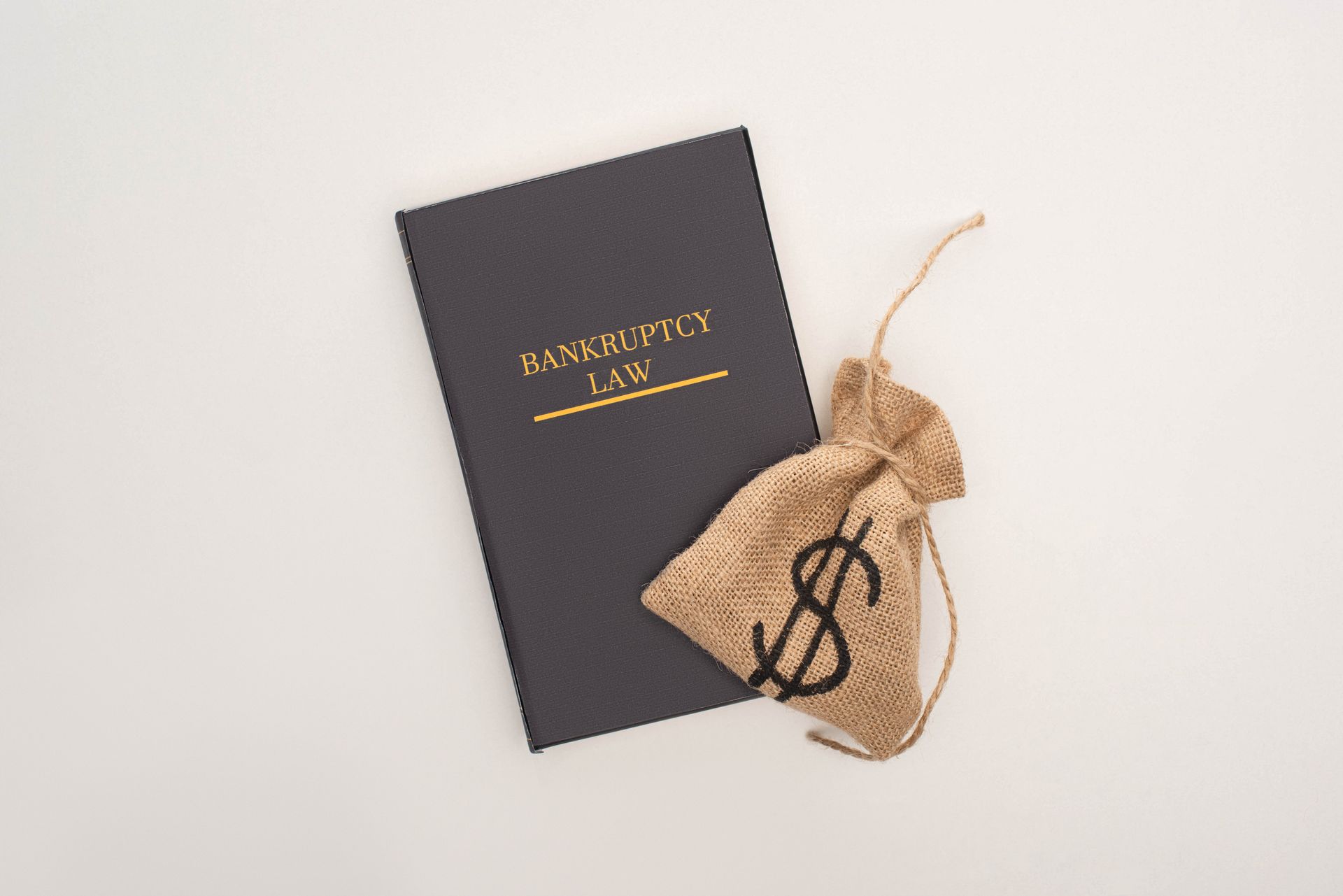Common Misconceptions About Bankruptcy: Separating Myths from Facts
Common Misconceptions About Bankruptcy: Separating Myths from Facts
Filing for bankruptcy is a major decision, and for many people, it’s surrounded by fear, confusion, and misinformation. These common myths can stop people from getting the financial relief they need. If you’re considering bankruptcy in Oklahoma, understanding the truth can help you make a confident and informed decision.
Myth 1: Filing for Bankruptcy Means You’ve Failed
Fact: Bankruptcy is a legal tool designed to help people get back on their feet. Life happens—job loss, medical emergencies, divorce, and unexpected expenses can all create financial struggles beyond your control. Choosing bankruptcy isn’t giving up; it’s taking action to rebuild and move forward.
Myth 2: You’ll Lose Everything You Own
Fact: Many people believe that bankruptcy means giving up their home, car, and personal belongings. In reality, bankruptcy laws include exemptions that protect certain assets. In most Chapter 7 and Chapter 13 filings, people are able to keep essential property, including a vehicle, household goods, and even their home, depending on the amount of equity and state exemption limits.
Myth 3: Bankruptcy Wipes Out All Debts
Fact: Bankruptcy can eliminate many types of unsecured debt, such as credit card balances, personal loans, and medical bills. However, some debts cannot be discharged through bankruptcy. These typically include child support, alimony, most student loans, and certain tax debts. It's important to understand which of your debts are eligible for discharge before filing.
Myth 4: Your Credit Will Be Permanently Ruined
Fact: Bankruptcy will appear on your credit report for up to 10 years, but that doesn’t mean you’ll never be able to rebuild. In fact, many people begin to see their credit improve within a year or two after filing. Bankruptcy eliminates debt, which can lower your debt-to-income ratio—a key factor in credit scoring. With responsible financial habits, you can work toward rebuilding your credit over time.
Myth 5: You Can Only File Bankruptcy Once
Fact: While there are limits on how often you can file, it is possible to file bankruptcy more than once. The time between filings depends on which type of bankruptcy you filed previously and which you are filing now. For example, if you filed Chapter 7 before, you may need to wait eight years to file Chapter 7 again. However, in some cases, you may be eligible to file Chapter 13 sooner.
Making Informed Decisions About Bankruptcy
Misunderstanding bankruptcy can prevent people from using a legal and effective way to manage overwhelming debt. If you're feeling trapped by your financial situation, don’t let myths hold you back from exploring your options.
At Oklahoma Bankruptcy Law, we help individuals and families across Oklahoma understand the bankruptcy process clearly and confidently. Whether you're considering Chapter 7 or Chapter 13, we’ll walk you through your options so you can decide what's right for your situation.
Contact us today to schedule a consultation and take the first step toward financial peace of mind.













